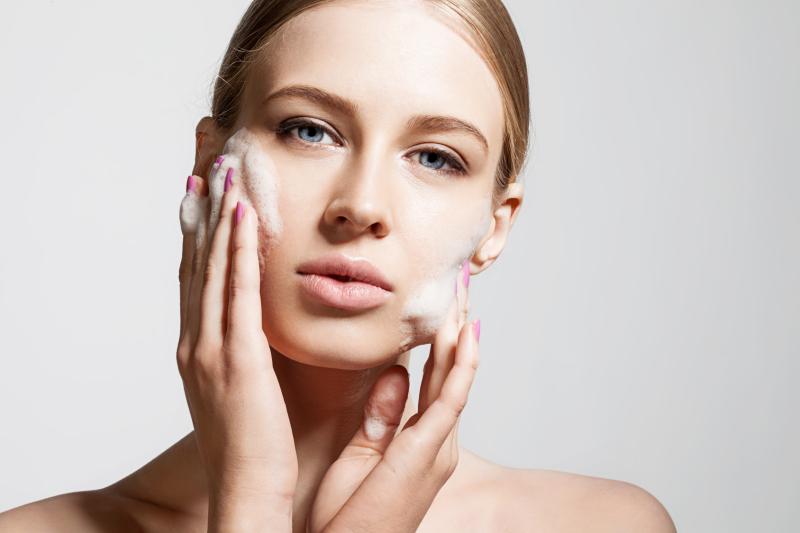
Treatment with clascoterone cream 1% results in a favourable safety profile, with a low frequency of treatment-emergent adverse events (TEAEs) over 9 months, in patients with acne vulgaris, results of a recent study have shown.
“Clascoterone demonstrated low frequency of TEAEs, a low frequency of treatment-related AEs, most of which were mild or moderate, and no accumulation or increase in AEs over time,” the researchers said, noting that long-term efficacy was not a primary endpoint of the study.
Participants aged ≥9 years with moderate to severe acne vulgaris applied clascoterone cream to the face or trunk, or both, twice a day for 9 months. The researchers then evaluated TEAEs and local skin reactions at months 1, 3, 6, and 9 and at any unscheduled visits. They used SAS Windows 9.3 software to perform the statistical analysis.
Of the 609 participants (n=317 clascoterone; n=292 vehicle from original studies), 347 completed the study (n=179 clascoterone; n=168 vehicle). Nearly one out of five patients (n=110; 18.1 percent) experienced 191 TEAEs, with nasopharyngitis emerging as the most frequently reported TEAE. [J Am Acad Dermatol 2020;83:477-485]
Fourteen patients reported 19 test article-related TEAEs, nine of whom experienced nine TEAEs that led to treatment cessation. Moreover, seven serious TEAEs occurred in six individuals, but none were treatment related. One serious TEAE led to study discontinuation.
Of the patients, 110 (18.1 percent) had treatment-emergent local skin reactions (LSRs), and the most common LSRs on the face and trunk were erythema, scaling/dryness, and pruritus. These reactions were primarily trace/minimal or mild in severity.
A single depigmented hair within the facial treatment area was also observed, but it was considered atypical because it had not been observed in previous clinical studies of clascoterone, according to the researchers. [J Drugs Dermatol 2019;18:563-568; J Drugs Dermatol 2019;18:570-575; JAMA Dermatol 2020;doi:10.1001/jamadermatol.2020.0465; https://bit.ly/330h2nt]
“Across the 9 months of safety analysis of both the pivotal and long-term safety studies, most treatment-related AEs were mild… These results are consistent with previous trial results,” the researchers said. [J Drugs Dermatol 2019;18:563-568; J Drugs Dermatol 2019;18:570-575; JAMA Dermatol 2020;doi:10.1001/jamadermatol.2020.0465]
Furthermore, “[t]he safety data presented here and data from a higher concentration of clascoterone solution undergoing investigation for treatment of androgenetic alopecia suggest that a once daily higher concentration of clascoterone cream for acne is plausible, [but] further studies are needed to test this hypothesis … [and] to elucidate the safety of concomitant use of clascoterone and other topical acne medications,” the researchers noted. [https://bit.ly/330h2nt]
A novel, potential first-in-class topical androgen receptor inhibitor, clascoterone targets a key driver in the pathology of acne in both female and male individuals aged ≥9 years. It likely reduces downstream activation of androgen-driven lipid production and inflammation in acne lesion formation in vivo, with its proposed mechanism of action limiting dihydrotestosterone-androgen receptor binding in sebocytes. [J Drugs Dermatol 2019;18:412-418; Med Chem Commun 2014;5:904-914]